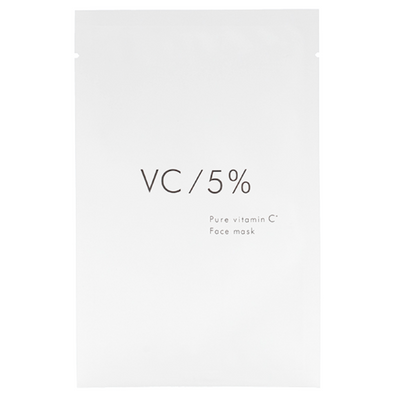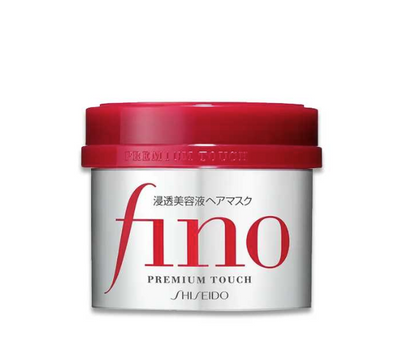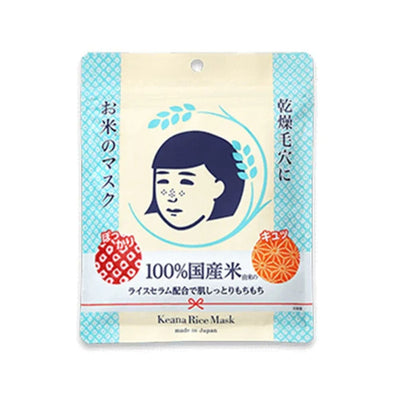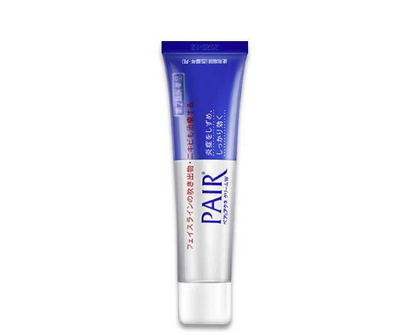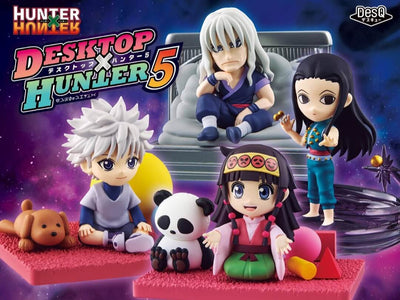Last time, in Part 1, we began our exploration of the amazing world of sencha with an explanation of what this tea even is and the fascinating man behind the inception of this tea. And as promised, we’re going to explore the different types of sencha as well as some great recommendations!
Let’s get into it!
Types of Sencha
Within the world of sencha, you actually have quite a few options beyond just the regions. However, the main ones that we think you should know are the big four—Gyokuro, Shincha, Kabusecha and Fukamushi. These four are the most unique, but are still in the sencha family. So, let’s get into the tea.
Gyokuro

Gyokuro is often thought of as its own tea type but is "just" a member fo the sencha family! Image via Instagram
Gyokuro has become famous enough on its own but is actually just a type of sencha. This type is partially grown in the shade, usually the last 20 to 30 days before harvest. This is the amount of time needed for it to even be considered gyokuro. It has a higher caffeine content, more chlorophyll for a deeper color, more umami and less bitterness than regular sencha.
Kabuse Sencha (or Kabusecha)
Kabuse sencha is often shortened to kabusecha and is a middle ground between gyokuro and normal sencha. It’s also covered before harvest, but is done so for less than 20 days (the cutoff for gyokuro). It’s known for having a fuller-bodied flavor than sencha and for having a unique scent from the change in amino acids.
Shincha (or Ichibancha)
Shincha is made exclusively from the leaves of the first month of harvest. For many people, this is the most delicious version thanks to its sweetness and freshness. The tea plant stores nutrients throughout the winter, so these first flush leaves are high in nutrients as well.
Shincha is used interchangeably with ichibancha, which literally means ‘first tea’ or the first flush. (Nibancha and sanbancha are phrases that mean second and third flush).

'First flush' is a phrase that pops up a lot in the world of Japanese tea, with matcha, sencha and others' first flush being very popular. Image via Instagram
Fukamushi (plus Asamushi and Chumushi)
Fukaimushi is a variety of sencha that is steamed a longer than the normal (which is called futsumushi). This method reduces the bitterness but gives it a full, rich flavor. You may also find asamushi, which means it’s only been lightly steamed, and chumushi, which is moderately steamed.
Kuradashi-sencha
This type is stored and dried at high altitudes that preserve its freshness until the winter months and reduces bitterness. There are even ceremonies surrounding when they come out of storage.
Jo Sencha and Tokujo Sencha
Jo sencha refers to sencha of a superior quality than your regular everyday sencha. But it’s not the best. That title belongs to Tokujo Sencha which means super superior sencha. This is generally determined by things like sweetness, mellowness and other factors.

Karigane Sencha
Much like karigane houjicha, this sencha incorporates other parts of the plant, like the stems. This type can also make use of gyokuro stems as well for a more blended flavor.
Matcha Sencha
As the name might suggest, this type blends sencha and matcha together for a complex flavor profile of nutty, sweet and bitter!
Sencha Recommendations
Shinryokuen Powdered Sencha Green Tea
Shinryokuen often stands out with its simple, elegant design, but their sencha is also popular for their rich flavor. Also, the fact that it’s powdered also makes it popular for beginners or those in a rush who may not want to clean up tea leaves.

Apparently, Shinryokuen also makes a delicious cup (or cone) of matcha ice cream, too, complete with matcha powder and red beans too! Image via Instagram
Morihan Sencha Green Tea
Morihan is a teahouse based in Uji, Kyoto, but they also have several instant, powdered teas (including sencha) that can be used to make hot or cold tea at home. We recommend the Sencha Green Tea and the Powdered Sencha Green Tea.
Mitsui "No Teapot Needed" Instant Green Tea
This instant sencha is another great option. The aroma and flavor of the tea leaves is amazingly preserved so that it feels like a freshly brewed cup of tea. That’s why (fun fact) this is the green tea that Japan takes to space!

Unlike matcha, which is supposed to be powdered, sencha is just an easier to make version of its usual form. Some tea aficonados say powdered sencha is best for mix drinks! Image via Instagram
THE NODAKA Sencha Green Tea Powder
We mentioned The Nodoka in our hojicha blog, too. This company was started in New York but uses Japanese sencha from Shizuoka, complete with sweetness, umami and light bitterness.
Hayashiya Flavored Sencha Green Tea
Iced sencha is already super refreshing, but adding flavor to them helps to make it even more so. Hayashi’s flavored teabags are perfect for summer (or anytime really) and come in delicious Grape or Apple & Rose (on our site)!
Tea bags are another great option for tea-brewing beginners or those short on time. Plus, the flavors in these tea bags offer a great, unique experience. Image via Instagram
ITO EN Oi Ocha Sencha Green Tea with Matcha
Ito En is one of those brands that you can find in any conbini here in Japan, especially for sencha. This particular pack of tea combines domestic sencha with matcha for a fresh green color and a complex sweet yet light flavor profile.
Itohkyuemon Uji Sencha & Genmaicha Tea Blend
Itohkyuemon is a big teahouse in Japan that’s been around for many years. This tea is a blend of Uji-grown sencha and genmaicha that creates a refreshing and fragrant cup of green tea.

Sencha is also great for making unique tea concotions, like this sparkling sencha lemonade! Imagie via Instagram
Reading about sencha is great, but sipping on it is infinitely better! So, now that you’ve been educated about Japan’s most popular tea (domestically), all that’s left is to give it a try! Whether you enjoy hot in winter or cold in summer, you’ll be sure to enjoy this refreshing tea.
And for more Japanese teas and coffees, check out MiauMall!
